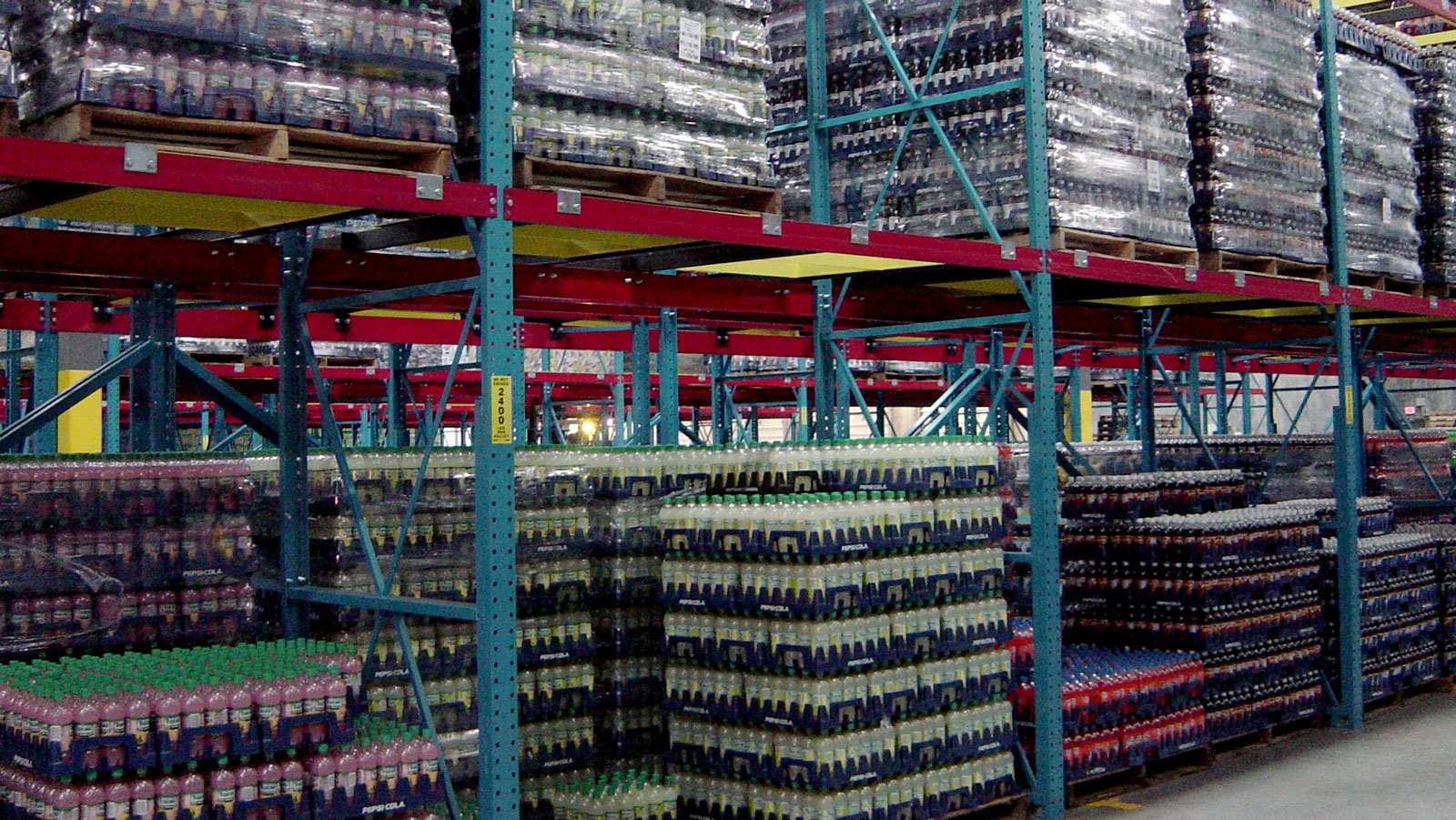
04 Nov Rethinking Warehouse Racking: Build the Foundation for an Automated Future
Authored by: Mike Klaer, SVP, Strategic Accounts at Twinlode/KPI Solutions
Automation is transforming warehouse operations, but even the most advanced technology depends on one essential element: a robust, intelligently designed racking system.
Racking delineates how efficiently you use space, how safely you store inventory, and how effectively automation can perform.
It’s easy to overlook the value of racking. However, as fulfillment demands increase and technology evolves, the risk of inaction grows. Systems designed for manual handling are straining under higher throughput, heavier loads, and more complex automation. Facilities that assess and modernize their racking now will gain a strategic advantage and avoid the disruption and cost of emergency retrofits later.
Let’s review the value of treating racking as a strategic investment, enabling your warehouse to be automation-ready.
The Shifting Dynamics of Warehouse Storage Design
Warehouse storage design is no longer about how much you can fit within four walls; it’s about how smartly that space supports automation, boosts capacity, and enables productivity.
Several market trends are accelerating this shift:
- Rising Throughput Demands: E-commerce and omni-channel fulfillment require faster movement and greater SKU variety.
- Labor Scarcity: Semi-automated and automated systems are filling workforce gaps.
- Constrained Warehouse Footprints: Facilities are going higher and denser to maximize every cubic foot.
- Digital Connectivity: Every rack position now ties into digital systems for tracking and orchestration.
These changes have made racking a living component of operational strategy an adaptable framework that enables technology rather than constrains it.
Treat Warehouse Racking as a Strategic Asset
Traditional warehouse racking was a static investment; in modern facilities, it’s a strategic asset that enables automation and impacts its performance.
When engineered for automated workflows, racking ensures predictable load handling, precise alignment, and seamless integration with shuttles, conveyors, and robotic lifts. Clearances and tolerances once sufficient for forklifts can quickly become bottlenecks for robotics.
By designing racking as part of the automation ecosystem, rather than an isolated structure, operators future-proof their facilities and protect long-term ROI.
Evaluate Warehouse Storage Systems Before It’s Too Late
Most warehouse racking assessments occur only after damage, compliance updates, or capacity issues arise. But waiting for failure is no longer viable in today’s supply chain environment.
A proactive racking audit should address:
- Structural Integrity: Identifying wear or damage that could compromise load ratings and dramatically impact safety.
- System Compatibility: Ensuring spacing, geometry, and clearances align with automation requirements.
- Scalability: Verifying the design supports future system upgrades or higher throughput.
Integrators like Twinlode Automation, a KPI Solutions company, bring dual expertise in structural systems and automation interfaces, helping facilities evaluate not only what’s safe, but also what’s scalable.
Proactive assessments allow operators to make changes on their own timeline, not under crisis conditions, and ensures upcoming automation projects align with an optimized foundation.
Design for Automation Integration, Not Isolation
Racking and automation should evolve together. Designing systems in parallel ensures every mechanical, digital, and safety element functions as part of a single system.
This forward-thinking mindset includes:
- Interface Planning: Mapping transfer points between racking, conveyors, and robotics.
- Data Integration: Aligning location labels and coordinates with WMS/WES systems.
- Safety Optimization: Ensuring adequate clearances for both people and machines.
The result: higher reliability, fewer reworks, and a facility that can scale seamlessly as new technologies emerge.
Why Acting Now Creates Lasting Advantage
Racking systems often last decades, while warehouse automation continually advances. Taking a wait-and-see attitude can limit agility and increase long-term costs.
Evaluating racking today allows you to:
- Align future automation with existing infrastructure.
- Prevent structural incompatibilities before they arise.
- Increase density and throughput without major redesigns.
- Reduce downtime by phasing improvements strategically.
Warehouses that act now stay ahead of technological shifts, positioning themselves to integrate new systems with minimal disruption.
The Twinlode Perspective: Designing for What Comes Next
Warehouse racking might not draw headlines, but it determines the success of every automation project. A thoughtful racking strategy bridges the gap between mechanical engineering and digital intelligence.
Racking should not be an afterthought; it’s the launchpad for scalable, integrated systems. By engineering structures that anticipate automation, they help organizations move confidently into the next generation of material handling.
The message for operators is clear: the time to modernize isn’t after automation arrives; it’s before. Evaluating your storage infrastructure now ensures you’re ready for what’s next, not reacting to what’s already here.
What’s Next?
Automation is advancing faster than ever, but its success depends on the strength and intelligence of your racking. Companies leading the next decade of logistics won’t just install automation, they’ll integrate it from the ground up.
By treating racking as a strategic, automation-ready framework, you’re not just preparing your warehouse for change, you’re designing it to lead the transformation.
Contact us today to schedule your annual inspection or request a quote. Let our experts ensure your warehouse stays safe, compliant, and ready for the demands of your operation.
Because when it comes to racking safety, a small investment in prevention can make all the difference.


